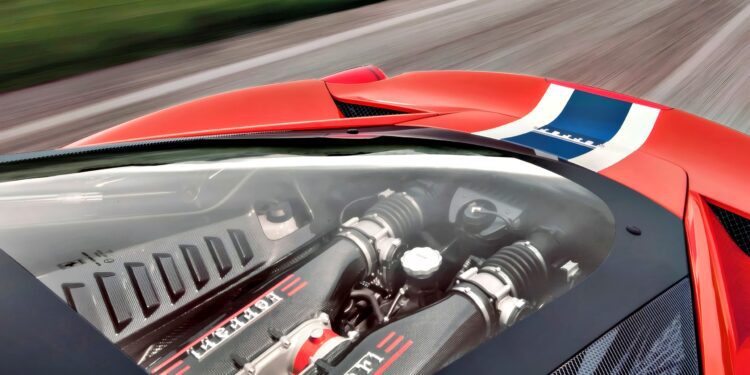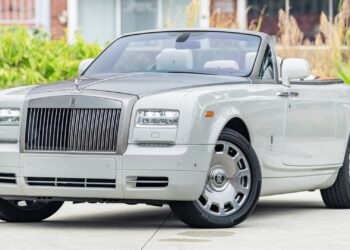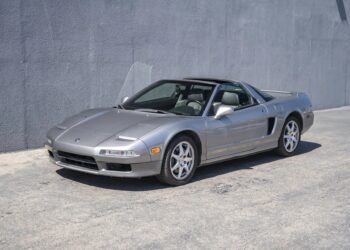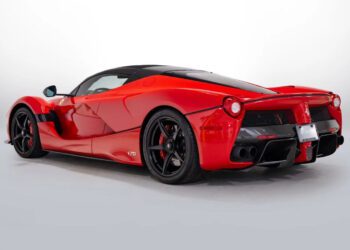Within Ferrari’s mid-engined V8 lineage, nothing captures the peak of the naturally aspirated era more perfectly than the 458 Speciale. It represents the final evolution of Maranello’s high-revving V8 formula before the shift to the turbo/hybrid generation began.
Looking back, Ferrari’s mid-engine V8 bloodline began with the 308 GTB in 1975 and progressed through significant milestones like the 348, the F355, the 360 Modena, and the F430, eventually arriving at the 458 Italia that hit the scene back in 2009. The 458 introduced a modern dual-clutch transmission (DCT), delivering rapid, seamless shifts with real usability at low speeds.

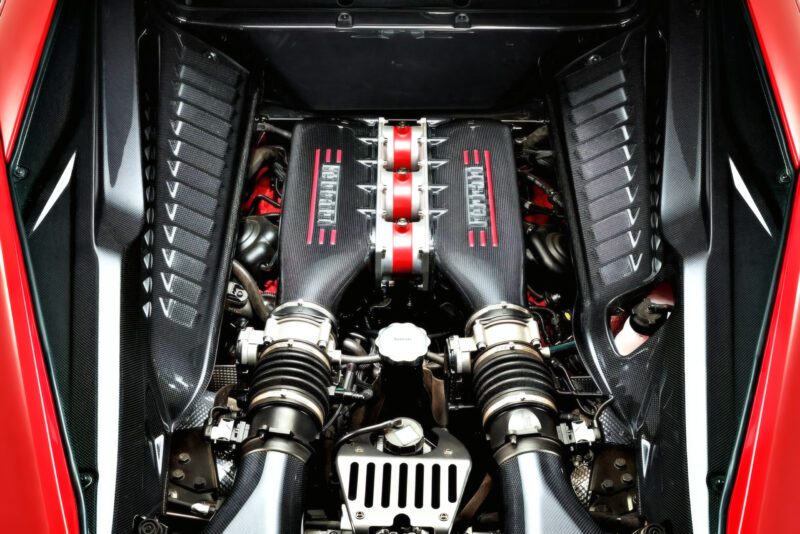
It packs a naturally aspirated 4.5-liter V8 with 562 horsepower, sophisticated aero that generated functional downforce without a fixed rear wing, and a chassis that elevated steering response to new levels. We can’t talk Italian and not talk about its timeless form. Designed by Ferrari’s in-house styling center in collaboration with Pininfarina, Jeremy Clarkson once described the 458 Italia as “the prettiest car Ferrari has made in years,” and time has proven him correct as the shape has aged well.
The 458 Speciale that broke cover in 2013 refined that standard platform into something sharper. Its 4.5-liter V8 makes 605 horsepower at 9,000 rpm, 398 pound-feet of torque, and a visceral soundtrack to go with it. The standard 458 weighs 3,042 pounds dry, whereas the 458 Special tips the scales at 2,846 pounds, improving the power-to-weight ratio to about 4.7 pounds per horsepower. At speed, active aerodynamic elements integrated into the bodywork deliver 529 pounds of downforce at 124 mph.
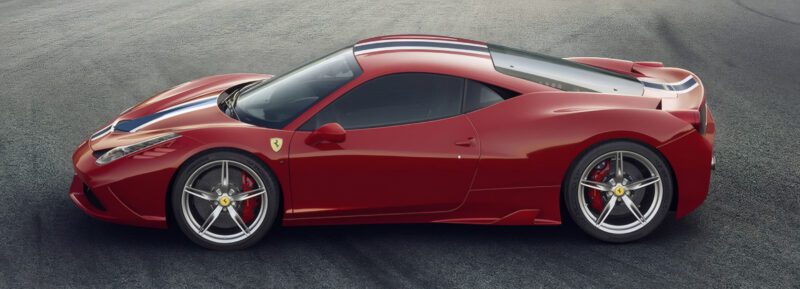

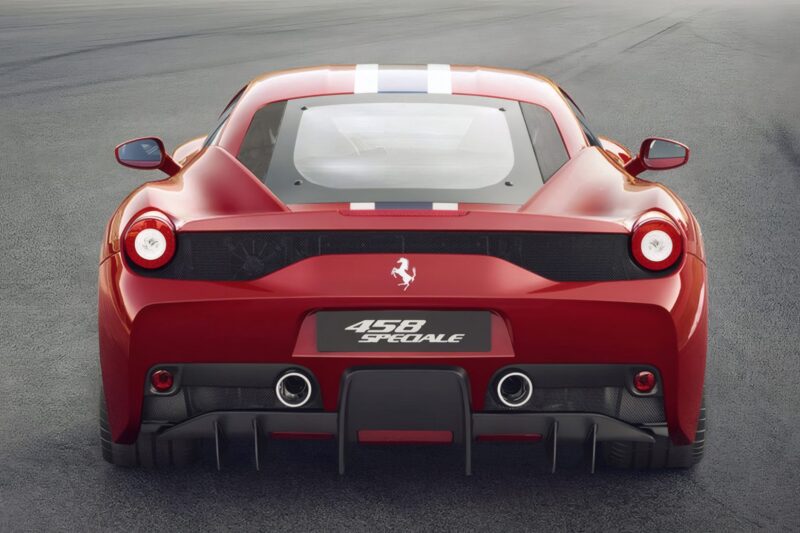
That improvement was a direct result of new front winglets, revised bumper and Kamm tail diffuser designs, vented body panels, and an updated rear deck shape. Hardware upgrades also included lighter engine internals, a carbon fiber underbody, carbon ceramic brakes, forged wheels, recalibrated suspension, and new tire specifications matched to the chassis.
The Speciale also introduced Side Slip Angle Control, an integrated handling system that communicates between the electronic differential, traction control, and stability management to allow controlled slip without sacrificing precision. All this directly translated into faster circuit performance, and the Speciale recorded a 1 minute 23.5 second lap time at Fiorano, more than a second quicker than the standard 458 Italia (1:25) and the Enzo (1:24.9).
Zero to 60 mph is done away with in 3.0 seconds, and top speed is 202 mph. While the 458 Speciale really excelled on the race track, it’s truly meant for the street, and despite having a driver-focused cockpit, creature comforts like a suspension lift system and NAV were available. The mannetino helped you to further improve usability by switching the dial over from ‘Race’ to ‘Sport’.
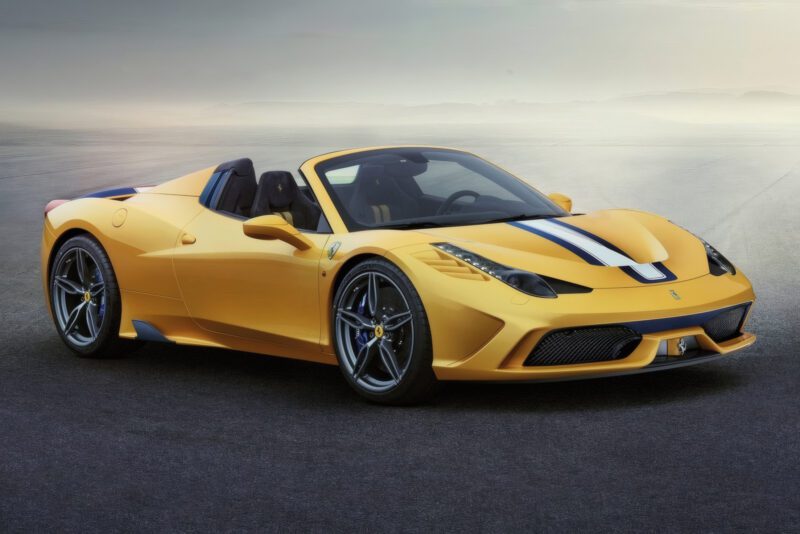
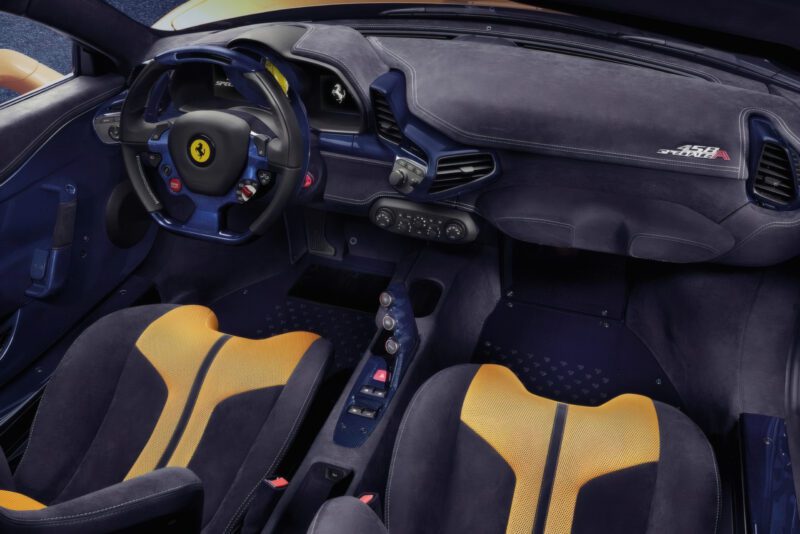
In 2014, Ferrari introduced the 458 Speciale A, where the A stands for ‘Aperta’. It retained all mechanical and aerodynamic characteristics of the coupe while adding the open-top drama of a convertible, and the weight penalty is just 110 pounds. Period rivals to the 458 Speciale include the McLaren 650S, the Lamborghini Huracán LP610 4, and the Porsche 911 GT3 RS 991.
In terms of production numbers, between 2013 and 2015, Ferrari built 1,309 units of the Speciale coupe and 458 units of the Speciale Aperta globally. A one-off 458 Speciale MM also exists. Factory 458 Speciale colors commonly included Rosso Corsa, Giallo Modena, and Nero Daytona. However, paint-to-sample orders in shades like Grigio Silverstone, Bianco Avus, and Blu Tour de France with contrasting stripes are increasingly sought after.
Options such as carbon fiber wheels, extensive carbon fiber interior trim, and exposed engine bay configurations are highly valued. Standard 458 Italias sit near $230,000 depending on condition, while Speciales consistently land in the $550,000 to $600,000 range with tailor-made configurations and low-mileage cars commanding even higher figures. In terms of one-offs, you have the
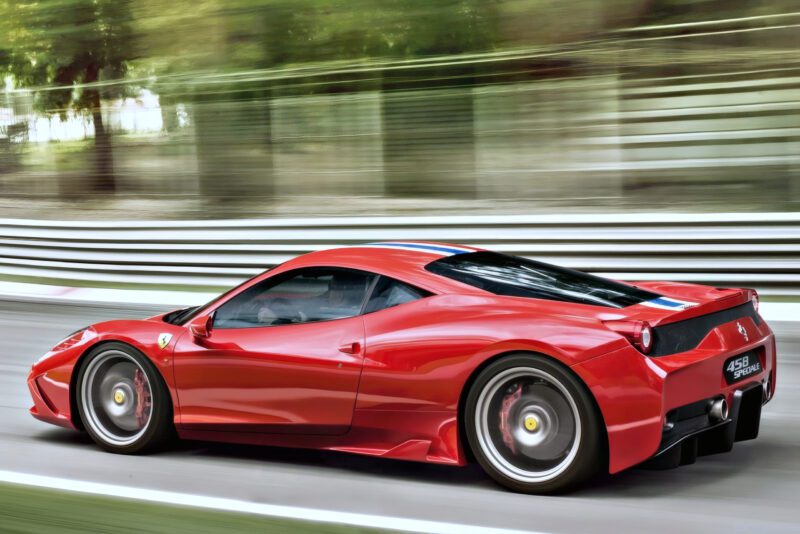
As modern supercars continue to integrate hybrid systems and turbos, the market appears to be placing a premium on pure combustion models. Mid-engine production Hybrid Ferraris like the 296 GTB (819 hp), SF90 (986 hp), and the recently introduced 849 Testarossa (1,036 hp) may be faster, but collectors understand that sound, response, and mechanical purity are not replaceable.
Models like the 458 Speciale, the F12tdf, and the 812 Competizione have become increasingly desirable among non-hybrid Ferraris for this very reason. For those seeking the definitive statement of Ferrari’s V8 heritage, the 458 Speciale delivers the end of an era with absolute clarity. It marks the highest point of natural aspiration in a road-going Ferrari V8.
Images: Ferrari


